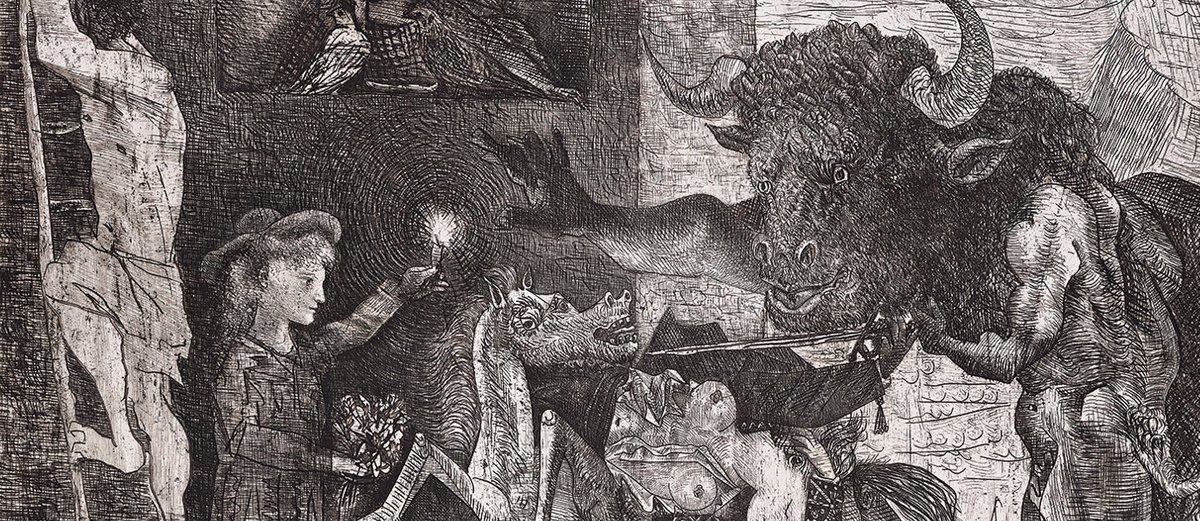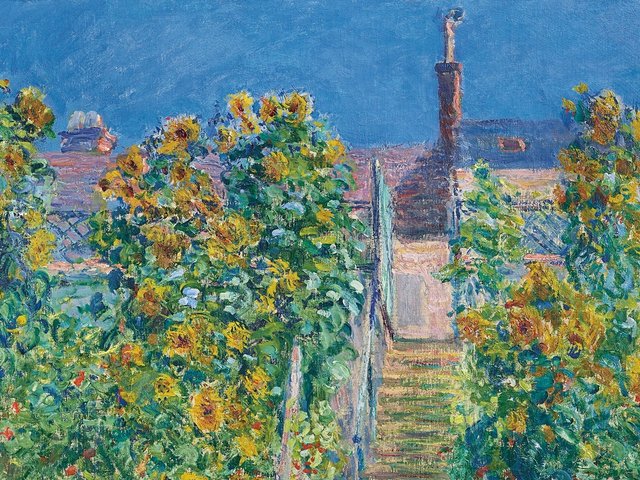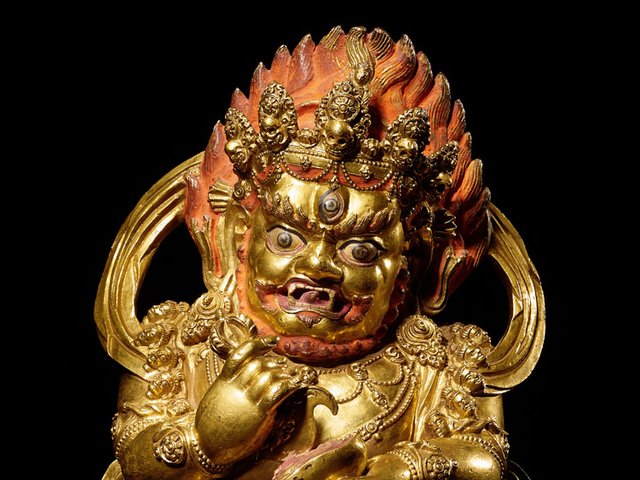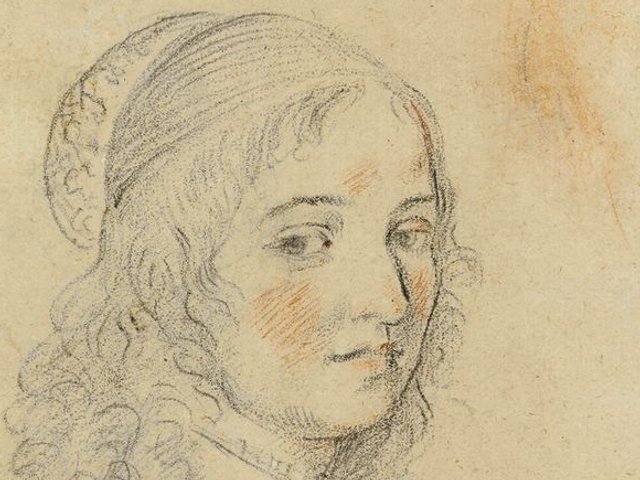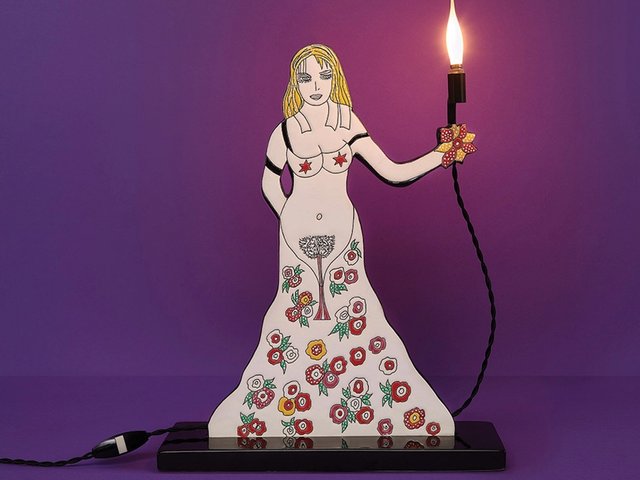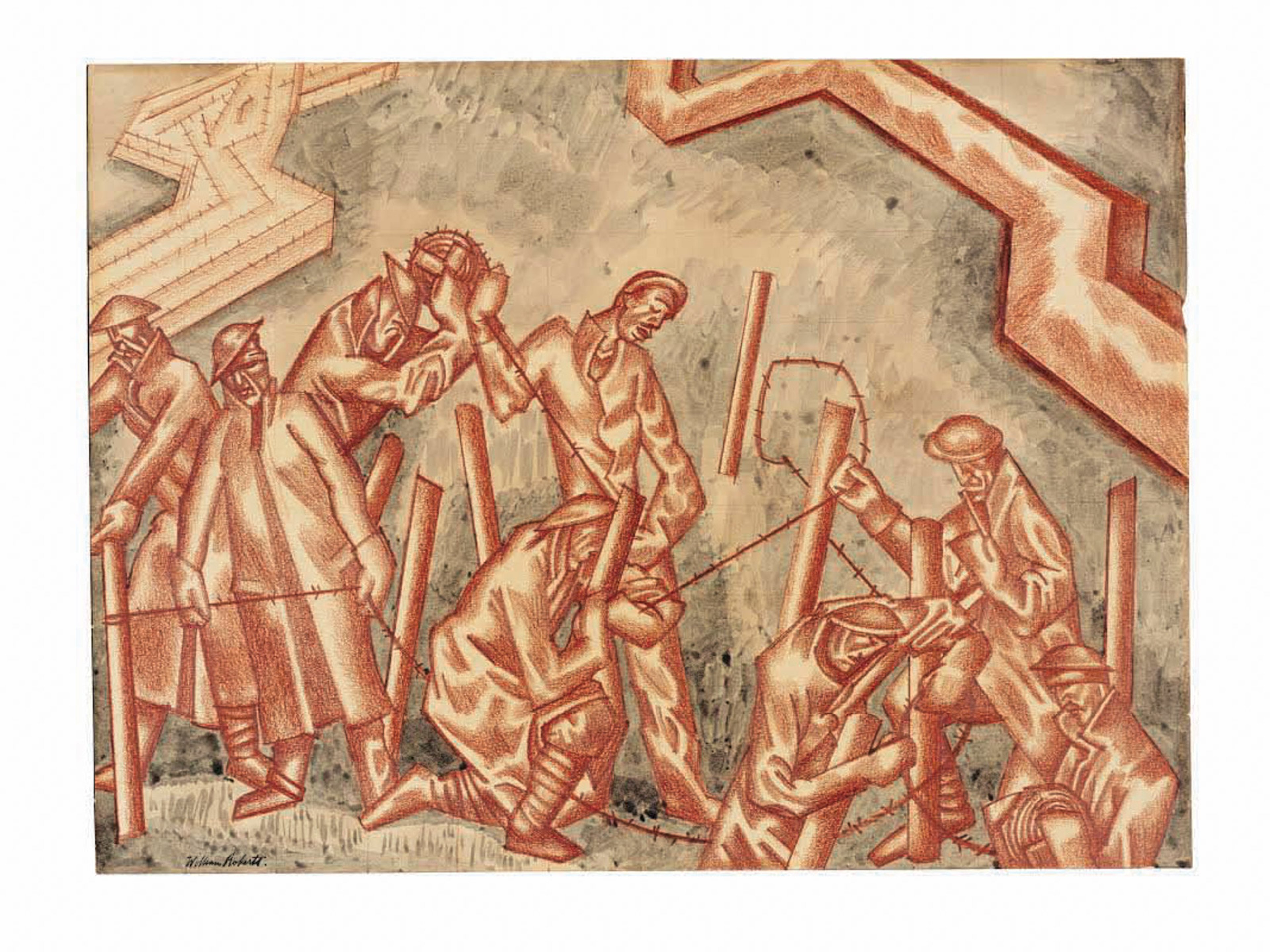
Don’t let the name fool you: wiring parties—sabotaging the enemy’s barbed-wire obstacles on the battlefields of the First World War—were anything but merry occasions. Depicted in the British Cubist style, this work on paper comes from the collection of Modern British art champion Jeffrey Sherwin. William Roberts, who served as a gunner on the Western Front before being employed as a war artist, received a major retrospective at the Tate in 1965. Although well known for his military subjects, his most valuable works at auction tend to be his colourful 1930s compositions. His auction record was set in 2012 at Sotheby’s, London at £1.1m for a depiction of a far less hazardous group activity: chess. William Roberts, The Wiring Party (around 1915-18). Modern British Evening Sale, Christie’s, London, 21 January. Estimate: £100,000-£150,000
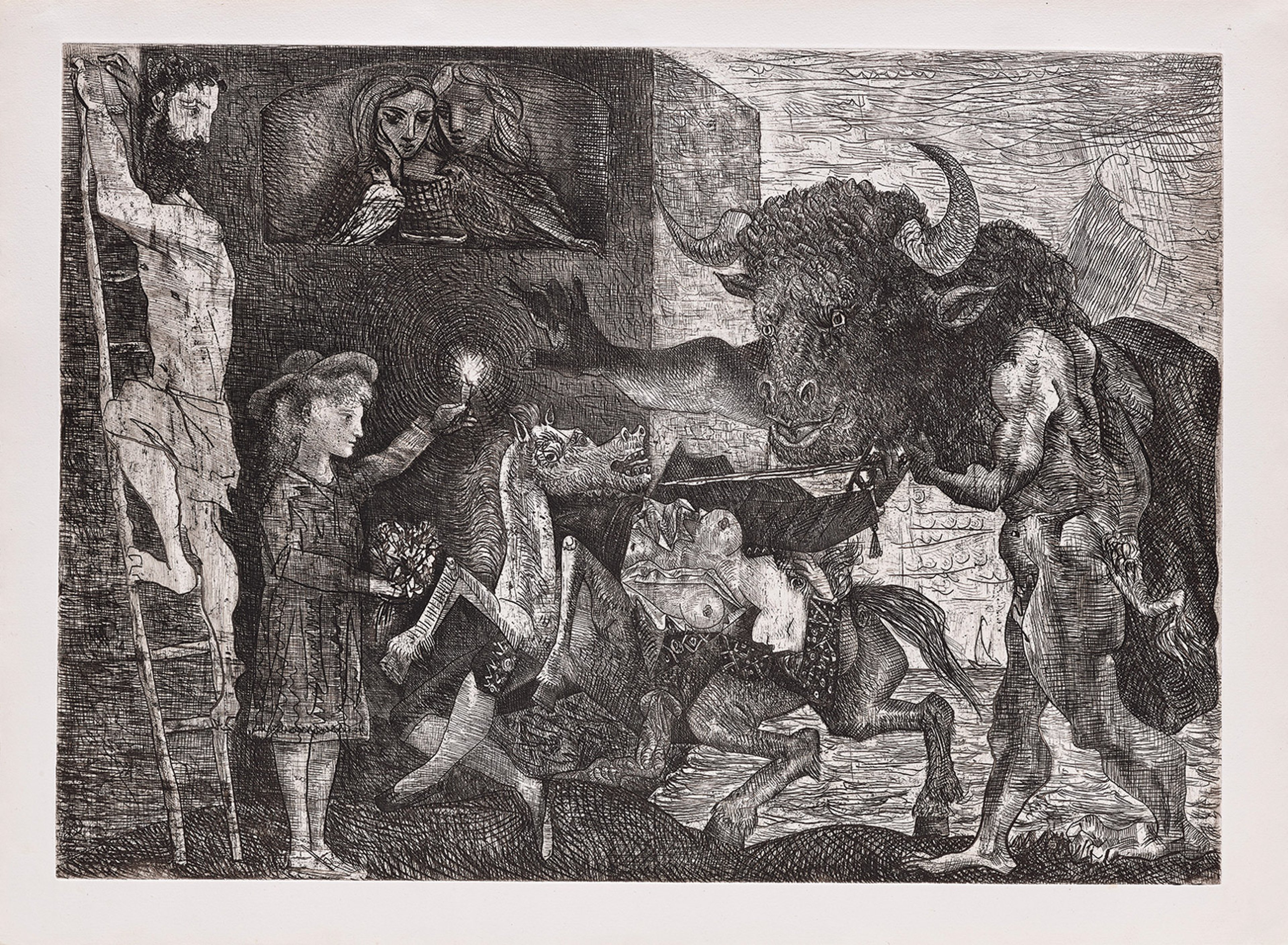
Picasso once described 1935 as “the worst year of [his] life”: his marriage to Olga Khokhlova was disintegrating and his young mistress, Marie-Thérèse Walter, was pregnant; the stress had him in a creative funk. The artist sought solace in printmaking and this etching and engraving is one of the few notable works from this period. The minotaur is a recurring subject in Picasso’s work, widely considered to be a form of self-portrait, and the print’s allegorical meaning further comes to life when you consider the similarity between the profiles of Walter and the female bullfighter who lies unconscious. This work is one of 23 unsigned impressions; an estimated 55 minotaur editions exist. Pablo Picasso, La Minotauromachie (The Minotaur Battle) (1935). Evening and Day Editions Sale, Phillips, London, 23 January. Estimate: $1m-$1.5m
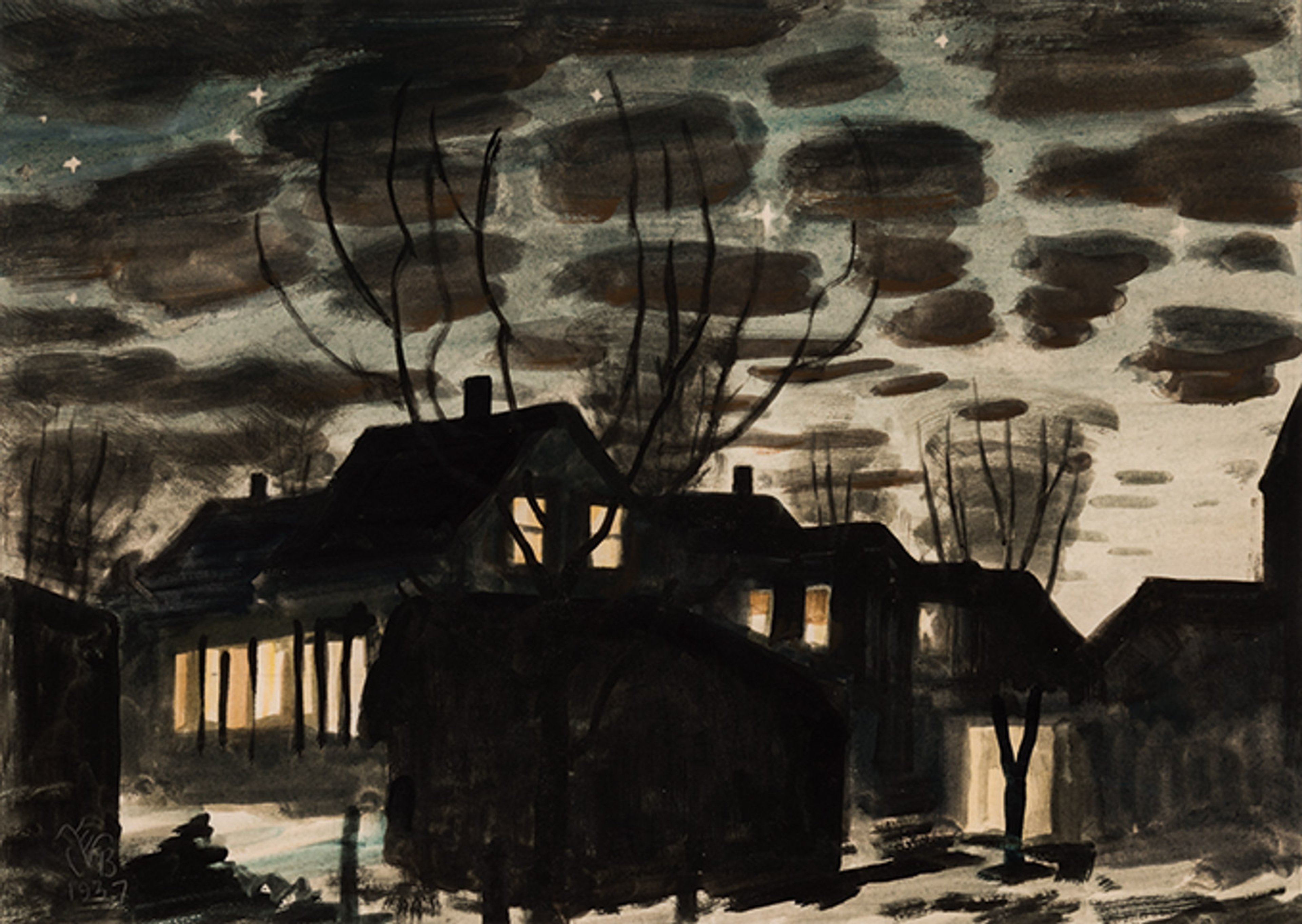
Burchfield is celebrated for his sinuous abstracted landscapes, and this work was painted at the height of his career, after he settled in Gardenville, New York—the village pictured in this barren autumn scene. Christie’s, New York set the artist’s record in 2018 at $1.8m (est $1m-$1.5m) with the piece Cherry Blossom Snow (around 1917-45). The late US artist’s work has been “highly sought after” recently, says Robin Starr, Skinner’s director of American and European works of art, adding that this picture “has the hum of stars appearing in a crisp fall sky”. Charles Burchfield, Night in Gardenville (1937). Fine Paintings and Sculpture, Skinner, Boston, 24 January. Estimate: $15,000-$20,000
Don’t let the name fool you: wiring parties—sabotaging the enemy’s barbed-wire obstacles on the battlefields of the First World War—were anything but merry occasions. Depicted in the British Cubist style, this work on paper comes from the collection of Modern British art champion Jeffrey Sherwin. William Roberts, who served as a gunner on the Western Front before being employed as a war artist, received a major retrospective at the Tate in 1965. Although well known for his military subjects, his most valuable works at auction tend to be his colourful 1930s compositions. His auction record was set in 2012 at Sotheby’s, London at £1.1m for a depiction of a far less hazardous group activity: chess. William Roberts, The Wiring Party (around 1915-18). Modern British Evening Sale, Christie’s, London, 21 January. Estimate: £100,000-£150,000
Object lessons: from a self-referential Picasso minotaur to a battlefield drawing
Our pick of highlights from this week's auctions
